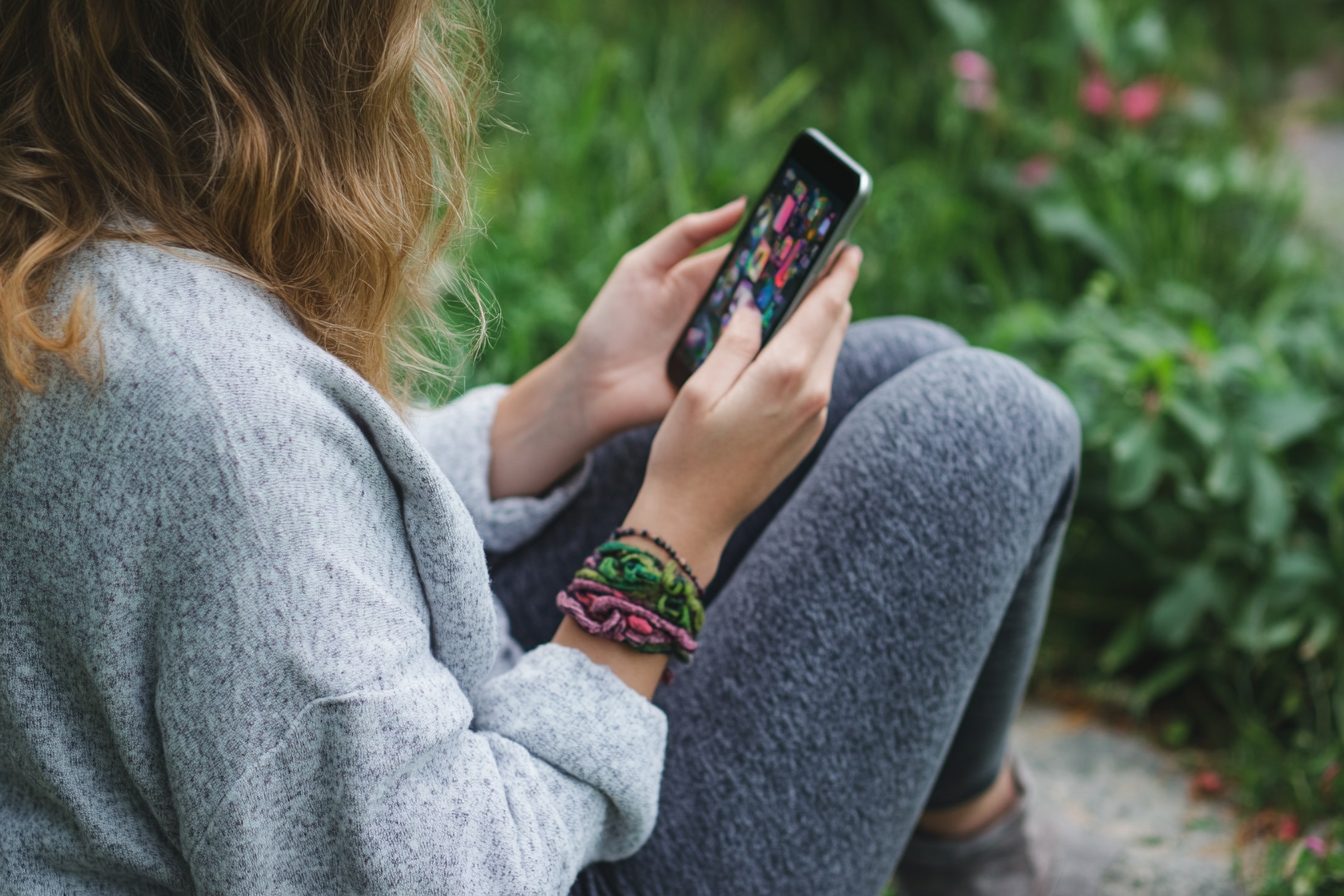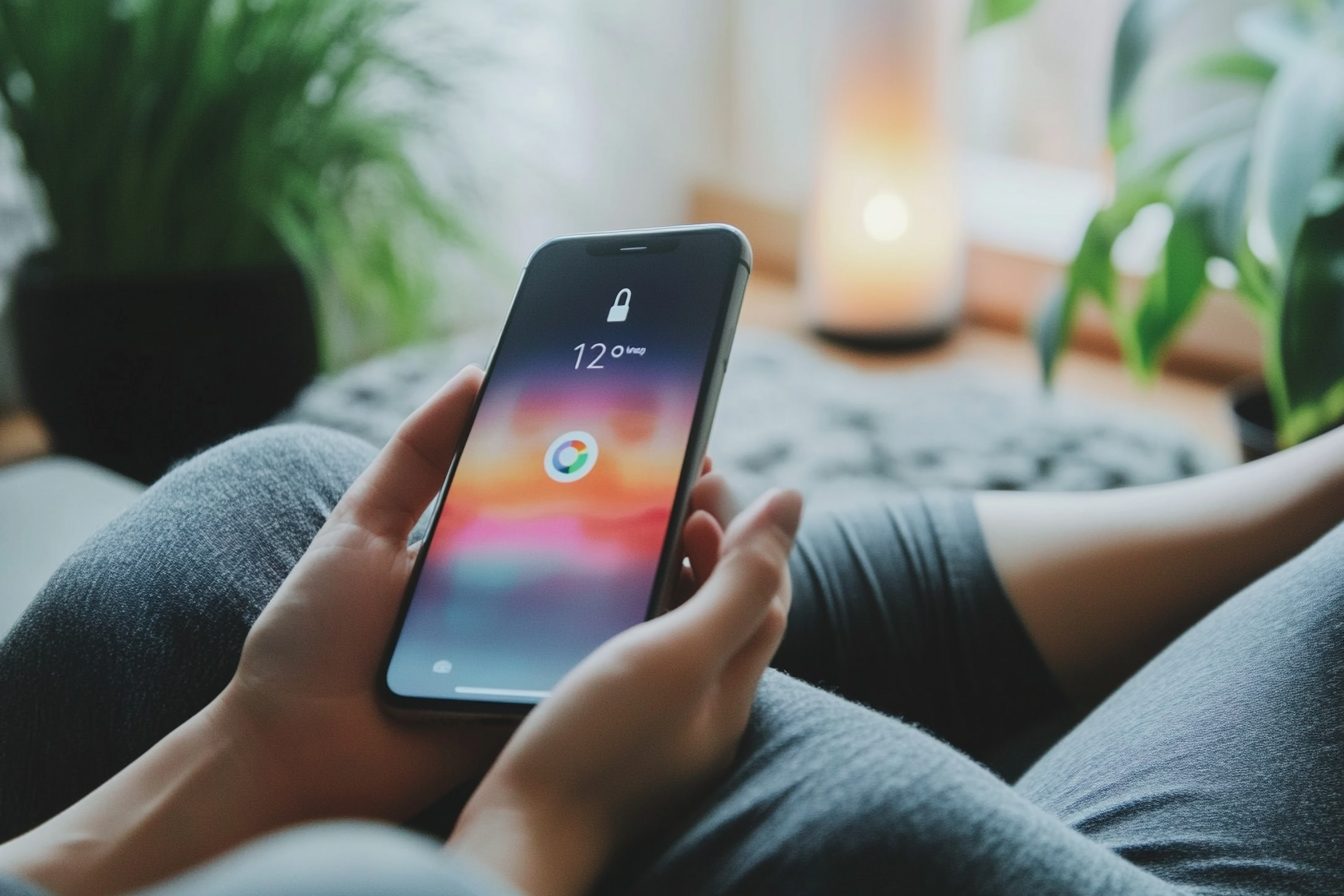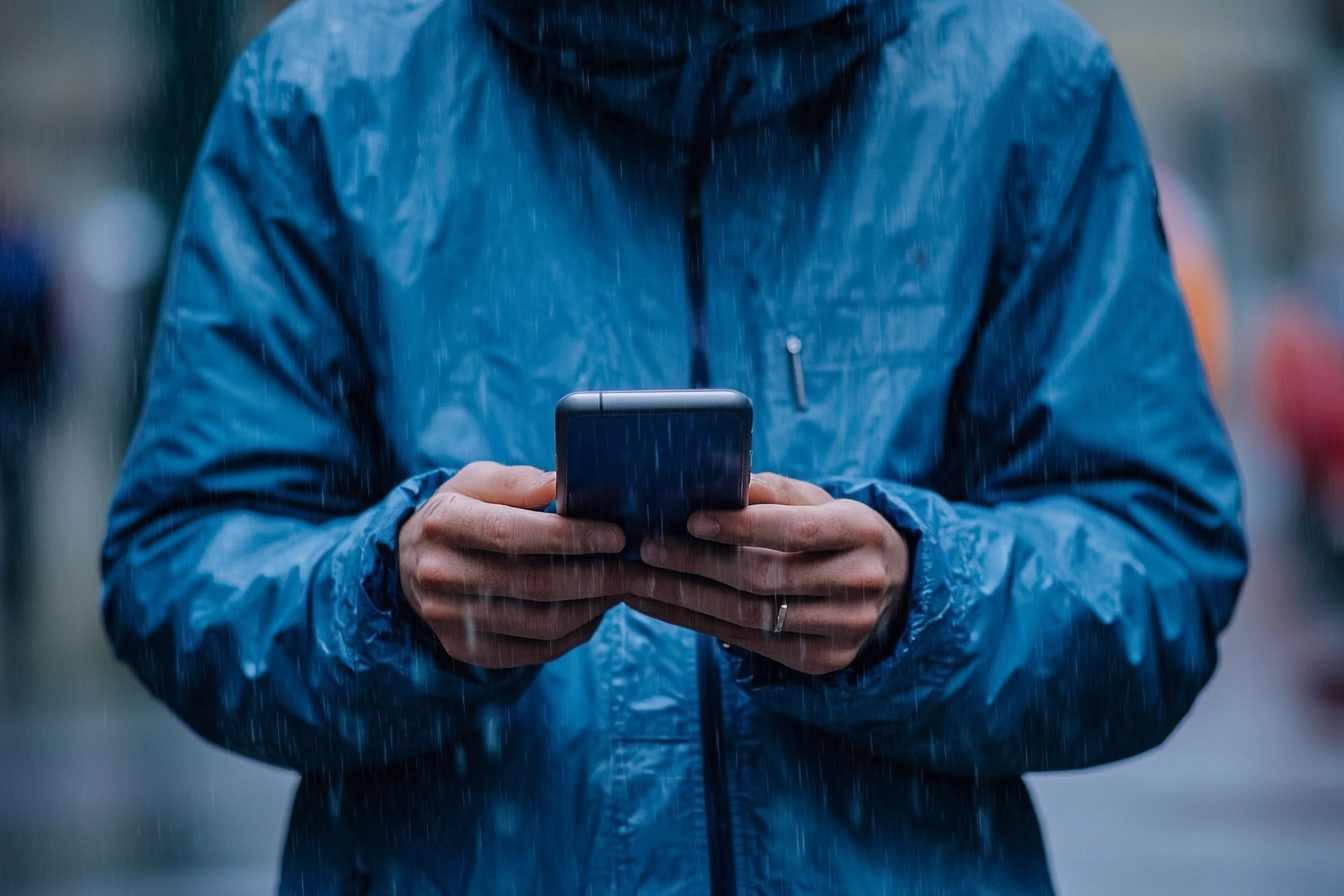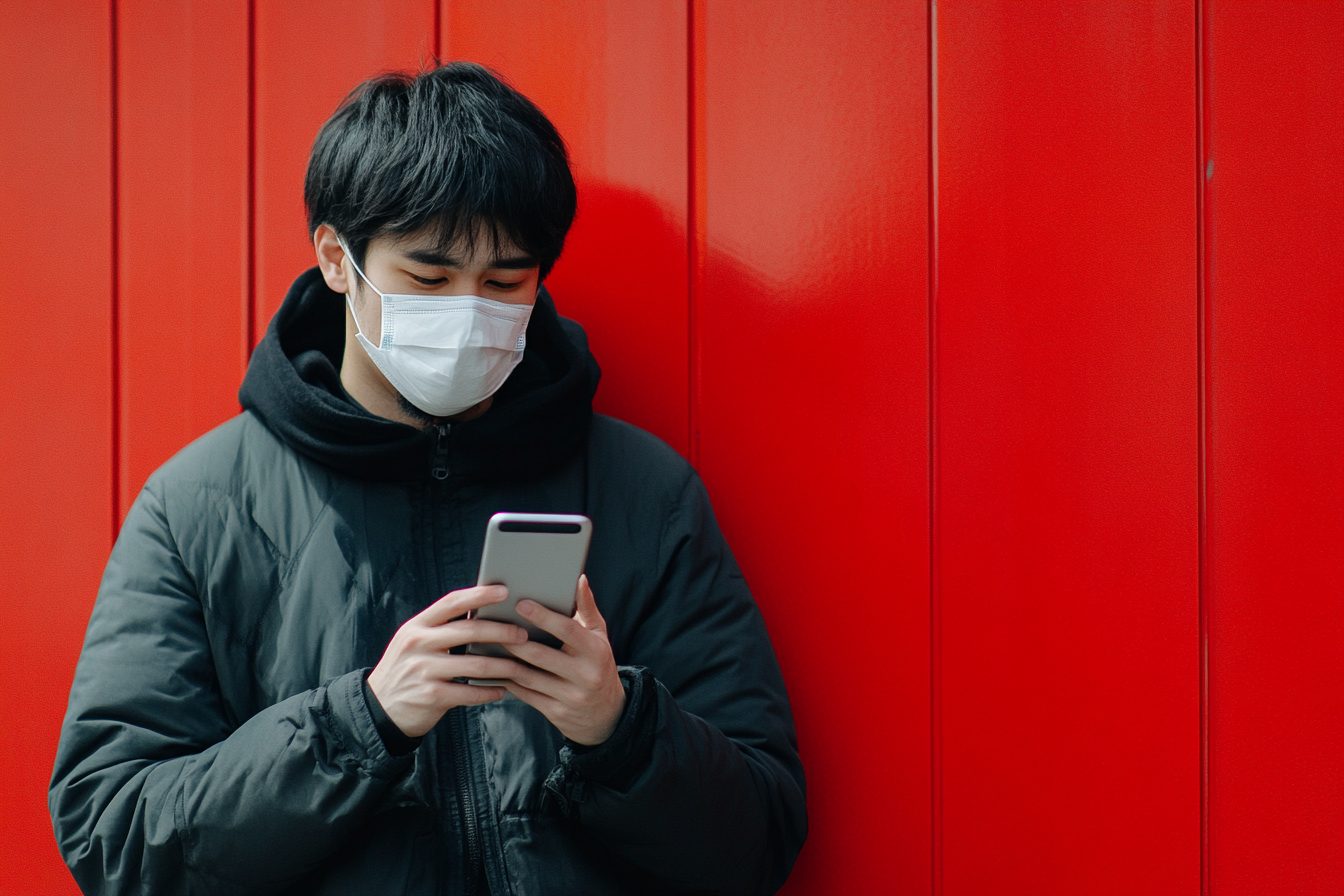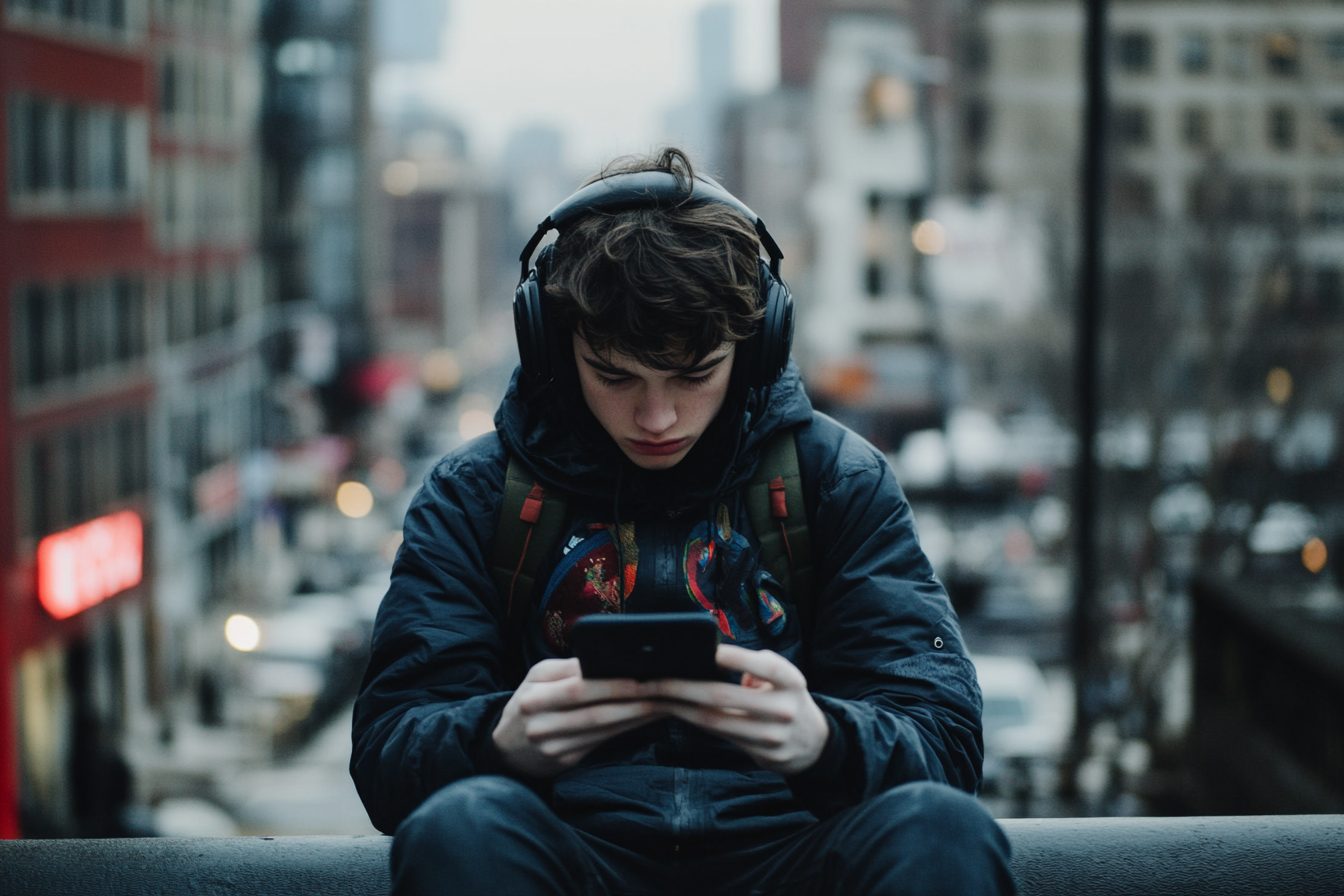It hit me like a brick wall on a Tuesday night while I was immersed in my phone around 11:30 PM. My wife went to bed a few hours earlier and recommended that I work on my wellness plan instead of staring at my phone for hours on end.
I decided to stretch that recommendation and operate under the belief that staring at a phone, even for the purpose of tracking screen time, was borderline productive. “Relax,” I defended myself. “I need the data. It’s different from what I was doing before.”
That was not correct.
I was slowly sinking deeper into the digital ocean, a reality where a man’s need to exercise his eyes and thumbs is all that matters. Much like a man who hops in their car and zips from one fast-food restaurant to another: the simple truth is, I chose to tackle an issue already solved and tried to burn endless fuel in the process.
My fighting spirit when it comes to technology (as it stands, I am not winning in the arena of tech addiction) is something I have had to attempt to scramble back to.
Commencing the experiment went splendidly well. Admitting that I spent my daughter’s entire soccer match working and tweeting is painful – life is much easier if one just doesn’t think. Upon realizing retrospective thinking was à la mode, I applied to make things work with ease afforded by my knowledge of technology – which is possessing “the solution” is less than the app store away.
With the dramatic increase in the sales of wellness apps, there is bound to be an increase in concern somewhere. It’s a different matter entirely if considering their nicotine patch sort of characteristics, but I also wouldn’t contradict myself saying it is good. It is intriguing that the same laps of the economy which were responsible for creating addictive digital experiences is now profiting more from the sales of products designed to help fight against their former products.
There I was, a willing shopper, hungry for every product available to buy, yearning to unleash my credit card. The first ‘mindfully manage’ app I got claimed it would aid me in managing my screen time by pushing reminder notifications whenever I scrolled for ‘too long.’ The painful reality hit more harshly than expected when three days after downloading the app, I disregarded its gentle nudges.
In less than a week, I discovered that reminder notifications could be muted. Ingeniously, like putting duct tape around a check engine light – they transformed into a new way to disregard any reminder notifications. The second app I tested had a different approach.
Instead, they took a more gamified approach by rewarding me with points for every hour of staying away from my screen. Its interface was captivating, the point system was graphical in the form of a small animated forest that thrived the less I used my phone. The virtual forest was so amusing that I started checking the app every fifteen minutes.
My fascination with the point system grew rapidly, and so did my obsession on how to maximize my points. I spent almost two hours in the app’s forums on one particular day. Users talked about ways to ‘game’ the point system, something the rest of the user base absolutely loved.
The harsh truth was undeniable: the app was making it so that I used it more than I would have if I had kept my social media habits the same. The third app made my life harder by forcing me to literally lock my phone in a container that could only be opened after a set duration. I was working quite alright until an unexpected work emergency kicked in, at which point I wanted to smash a $70 plastic box with a hammer.
So instead, I decided to use my laptop and then watched a few videos of people destroying things (that was dumb) with a hydraulic press. While my phone was locked, I somehow managed to expend a lot more time than usual. For my fourth attempt, I used an app that displayed disturbing statistics about unlocks as an form of aversive conditioning.
My brain did what it does best, adapt, after three days. And those “screens” and warnings of a collapsed attention span and vaporized dopamine were nothing more than another “user agreement” checkbox, which meant absolutely nothing. With the fifth app, I was already connected with users looking to reduce their screen time and “accountability partners.” So, we were supposed to build and follow desired strategies together.
Unfortunately, within days, our accountability group chat devolved into rants about the sedentary lifestyle digital addiction promotes coupled with meme sharing for scrolling and checking one’s phone mindlessly spent hours. Those group chat ping notifications did not help either. By the sixth app, I no longer trusted systems that functioned on conventional paradigms.
This specific app claimed it could devise a plan to account for all my screen time, taking into consideration how I used my phone, which set thresholds for my particular weaknesses. All those claims triggered my red flag when I needed to grant the app access to nearly all corners of my phone. Appearing to care, or hasting comments, wasn’t my style as I spent fifteen years in the industry and did not understand how apps worked.
The AI control assumed the core problem for me was Twitter overuse in the evenings and restricted access to the application after 9 PM. My primary Instagram hour switched to those times and once the AI realized that and blocked Instagram, I was stuck on LinkedIn. That action made me physically put my phone down which, for the developers of the app, was not the intended success goal.
With this sole functionality, my phone could only make calls and send messages. No social media, emails, web browsing, and even receiving attention was rendered useless. In theory, that is the last and most aggressive option. The end approach should have a provided tight control scheme off the bat.
With my self imposed restrictions, I quickly realized how spy-like creative and resourceful I could get with technology. Did you know that most smart TVs have web browsers? Or that some Twitter client apps can go unrecognized and be set as the default app?
While I don’t feel good about these methods, they do highlight a more general concern of how the society we live in fundamentally operates. Just slap on a mask of a technical solution instead of addressing the root of where the actual problem lies. After a month, I tried to figure out the most nonsensical ways to trick my self destructing habits, which only left me with a range of mixed feelings and failed experiments. Initially, I decided it was reasonable to ignore the mental components of my tech addiction.
Whenever I found myself constantly using an application, I would blame the app itself without reflecting on the real consideration for my reliance on it. Is my usage of Twitter to destress from writing, or is it just too convenient to access? During family gatherings, does Instagram content absolutely scrolling overly accessible for social anxiety and unstructured social interactions?
Furthermore, I have come to terms that I am a technology addict. This also means that in order to deal with addiction, I would have to first create a separate problem. Rather than expecting to lace up my shoes and go for a run, I was seeking to lose the weight without the actual work. Although this application was intended to improve my relationship with devices, the solution required no effort on my part whatsoever.
The irony is that the app intended to assist me ended up being counterproductive. The most irrational part of all was how quickly I went from trying to be productive with a wellness app to fostering yet another digital addiction. For example, I mindlessly fought against my own instinct to track usage statistics like I would mindlessly monitor social media engagement on a specific post.
Anytime the “time away from phone” numbers moved in the positive direction, I got the same minuscule dopamine hit that arrived alongside an unreasonable sense of disappointment when the opposite happened. I remained convinced throughout this journey towards a form of digital wellness that I simply masked one form of obsession with another. Toward the end of my experiment, I remembered one day that I was sitting next to my wife on the couch, who was completely absorbed in a physical book—a pastime that felt incredibly alien after staring at screen time tracking dashboards for weeks on end.
She offered a very enthusiastic account of the book’s plot when I asked her what she was reading. During her explanation, I noticed the urge to grab my phone and check how many “mindful minutes” I had accumulated for the day. I observed stopping midway during the motion, but the frustration for regretting how ridiculous I felt was quite silly.
An understandably excited real human had animated ideas and feelings to share, and my first response was to open an app that discourages me from being present. The next day, I removed all seven digital wellness apps from my phone and replaced them with a fundamental alarm clock. Now, I can charge my phone in the kitchen overnight. I set check email and social media times to my phone’s calendar app, all while actively resisting with some amount of willpower — so, progress.
Did it work perfectly? Absolutely not. Have I occasionally succumbed to my default settings on particularly challenging days? Yes. That’s easier than outsmarting myself when realizing a new subscription service won’t address my digital discontent.
Believing that every problem, even those stemming from a problem with technology, can be fixed with an app is deeply problematic. As someone who participated in building the online spaces, I feel that I should have been more careful. I know from experience that the most effective tool for achieving wellness in life is, oddly enough, not a digital one.
It is the deceptively simple task of drawing the lines, introspecting one’s behavior, and from time to time, setting the damn phone aside. Now, if you will indulge me, I would like to check if this social post regarding strategies on reducing digital dependence is going viral or not.
